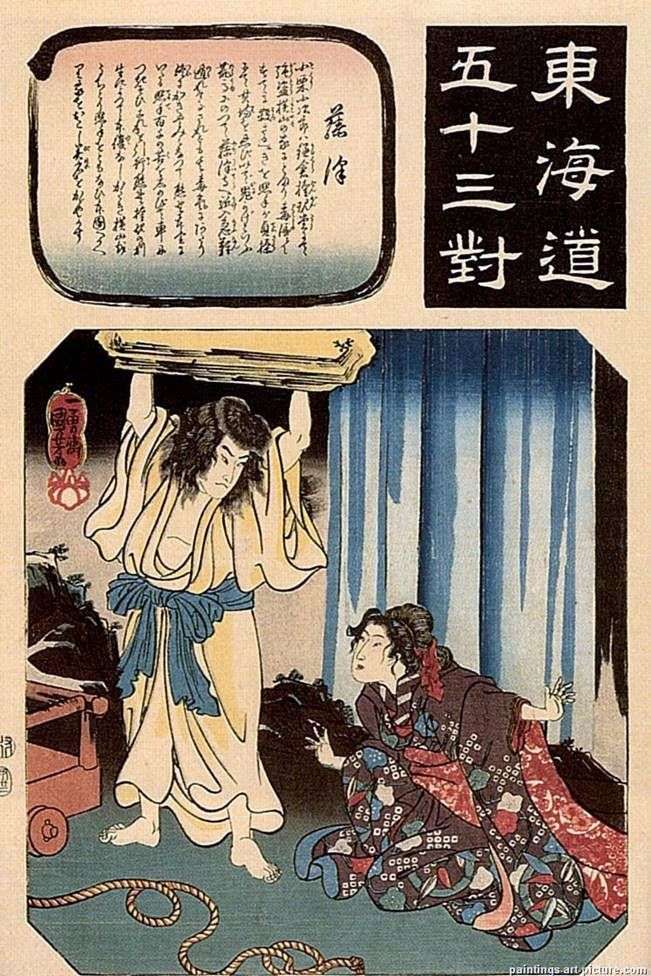
In theatrical engraving from the very beginning, images of monks – family coats of arms of actors, which in greatly enlarged form adorned their kimono were widely used. Monas themselves are masterpieces of miniature graphics, executed in a contrasting manner. The application in engraving doubly emphasized their beauty and graphic expressiveness.
At the second stage of the engraving’s development, the range of its subjects expanded, the disclosure of the emotional world of a person, revealing the characteristic features of its external appearance became more vivid and profound. This time is often called the “golden age” of Japanese engraving. It was marked by the activities of the largest artists who used sheets of different sizes and developed technique of multicolor printing.
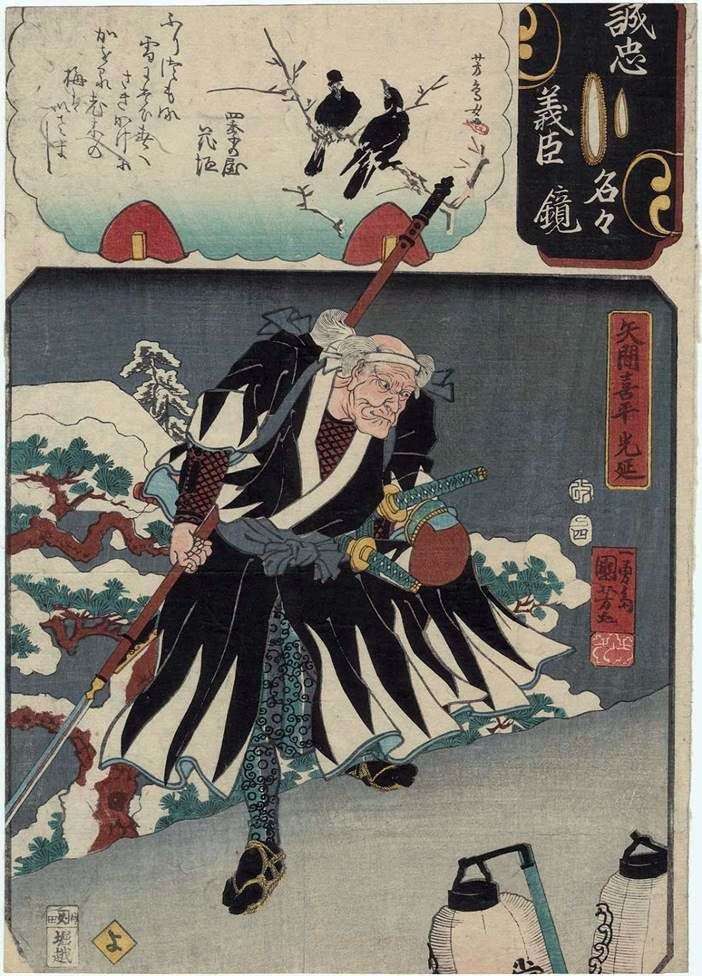 Yajima Kihei Mitsunobu by Utagawa Kuniesi
Yajima Kihei Mitsunobu by Utagawa Kuniesi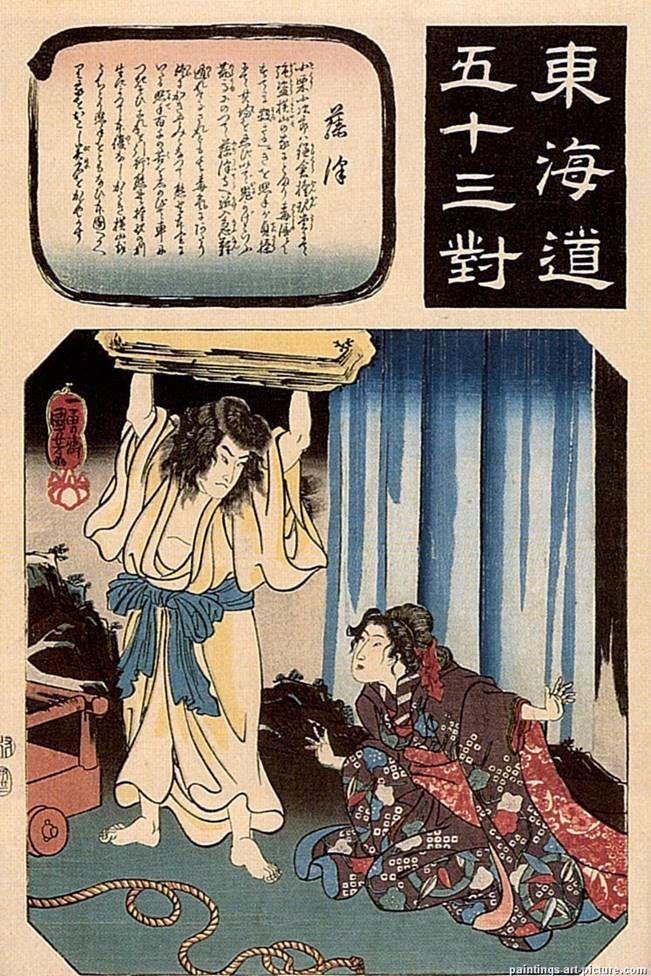 Station Fujisawa – Utagawa Kuniyoshi
Station Fujisawa – Utagawa Kuniyoshi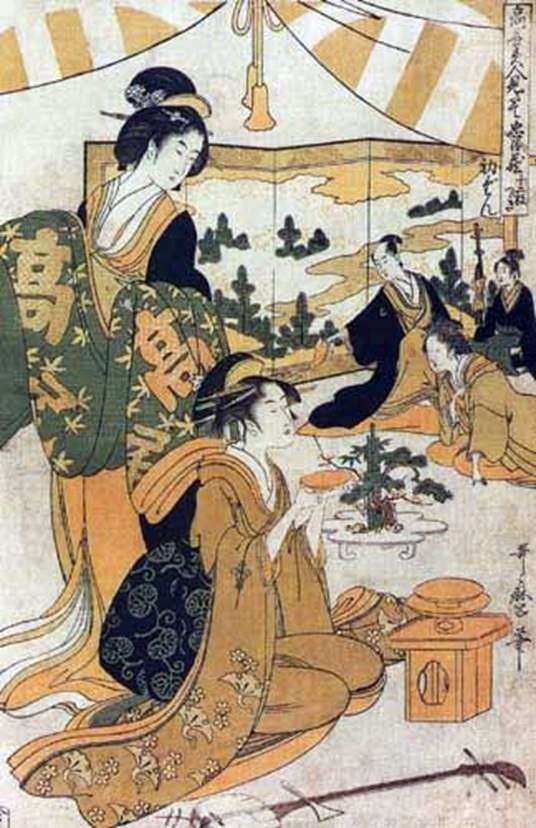 Sedan by Kitagawa Utamaro
Sedan by Kitagawa Utamaro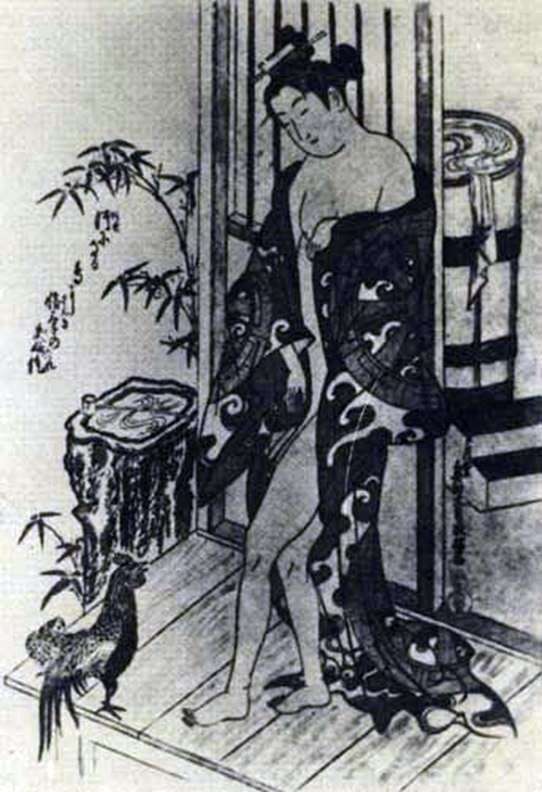 After bathing by Okumura Masanobu
After bathing by Okumura Masanobu Irises in Horikiri by Ando Hiroshige
Irises in Horikiri by Ando Hiroshige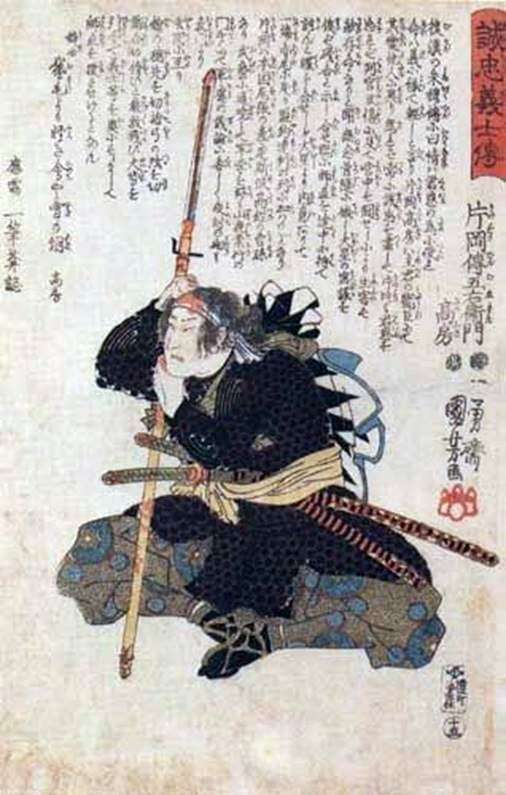 Kataoka Dengoemon Takafusa by Utagawa Kuniesi
Kataoka Dengoemon Takafusa by Utagawa Kuniesi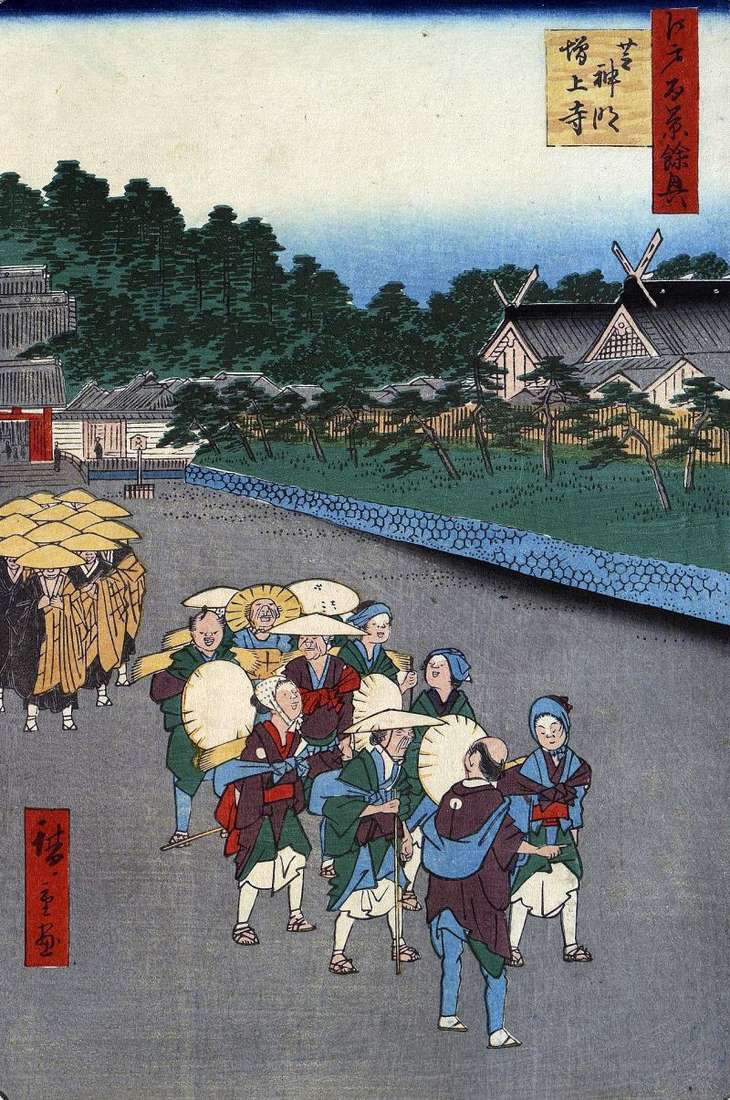 Shiba Shimei Shrine, Dzodzi Monastery in Sib by Utagawa Hiroshige
Shiba Shimei Shrine, Dzodzi Monastery in Sib by Utagawa Hiroshige Hirokoji Street in Sitaia by Utagawa Hiroshige
Hirokoji Street in Sitaia by Utagawa Hiroshige